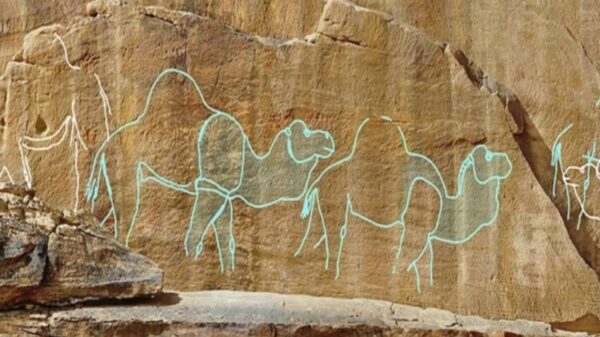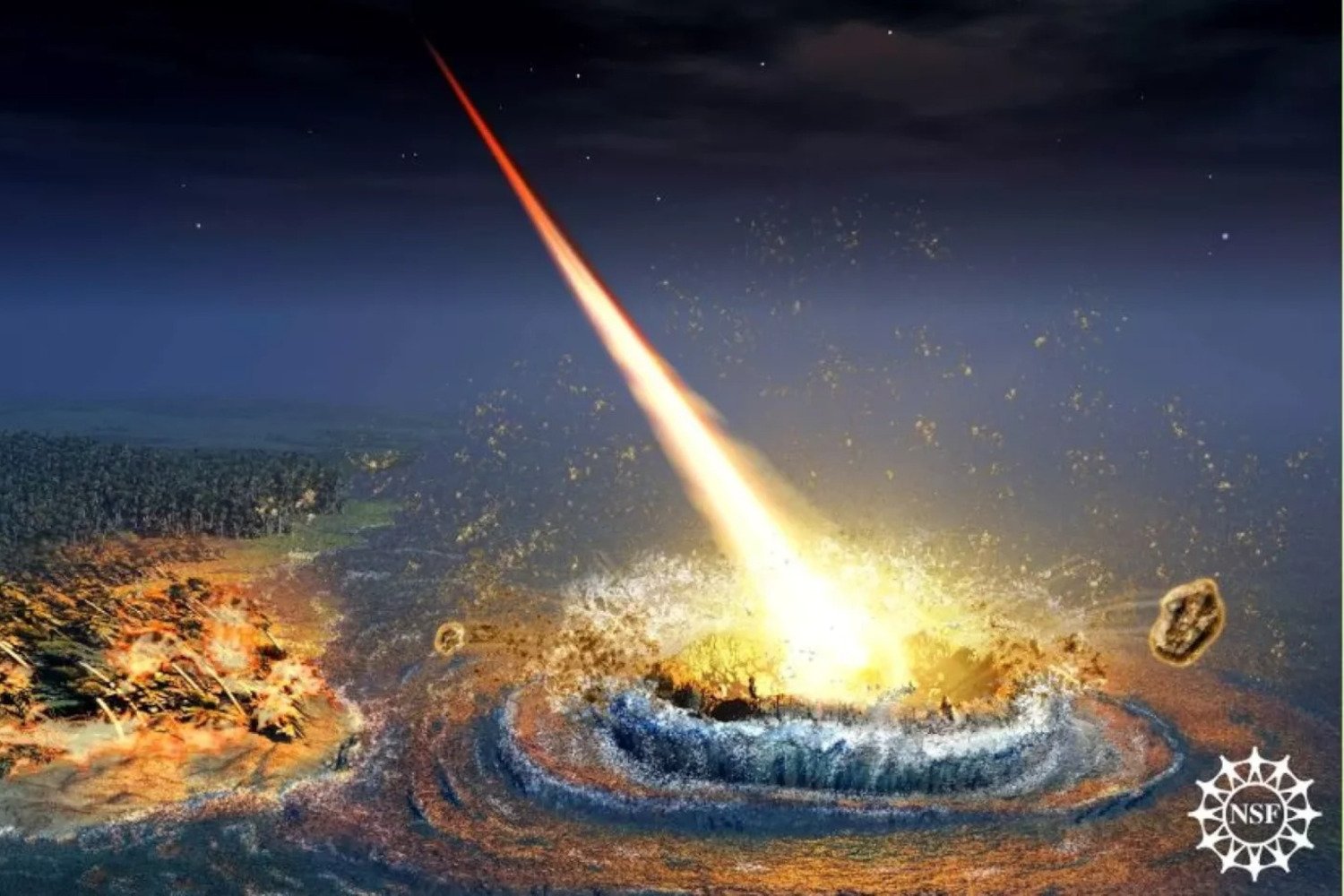A significant geological discovery in Moore County, North Carolina, reveals evidence of an ancient asteroid impact that occurred approximately 35 million years ago. This event, which took place near Cape Charles, Virginia, resulted in the formation of a massive crater buried beneath Chesapeake Bay. Recent findings indicate that the impact not only created a crater but also triggered a tsunami that left enduring geological traces hundreds of miles away.
The impact site in Virginia, first identified in 1990, is one of the most well-preserved craters on Earth. Researchers have long speculated about the consequences of the asteroid strike, including the potential for a widespread tsunami. A new study published in Southeastern Geology documents the recent discoveries made by a team of geologists who uncovered layers of rock that provide insight into this ancient cataclysm.
Geological Findings in North Carolina
The team conducting the research found four distinct layers of rock within a one-yard-thick formation in Moore County. The first layer, approximately 17 inches thick (43 centimeters), consists of sandy clay rich in carbon glass and rock fragments. Notably, they detected 14 to 18 parts per billion of iridium, a rare element commonly associated with meteorite impacts.
The second layer measures about 3 inches thick (9 centimeters) and contains silt along with loosely bound masses of quartz and carbon, with 2 to 6 parts per billion of iridium. The third layer, around 2 inches thick (6 centimeters), comprises a mixture of soil and seafloor fragments. Finally, the fourth layer is approximately 6 inches thick (15 centimeters) and consists of coarse sand that may have been deposited by the tsunami that followed the asteroid impact.
The unique geological composition of these layers puzzled researchers until they connected the findings to the ancient asteroid that struck the Atlantic Ocean millions of years ago.
Revisiting the Tsunami’s Impact
The asteroid’s collision with Earth created a hypersonic shock wave that obliterated plant and animal life within a vast radius. This cataclysmic event also released molten debris, affecting regions from Massachusetts to Barbados. Initial hypotheses suggested that the impact generated a significant tsunami, but concrete evidence had been elusive until now.
This recent study clarifies the relationship between the rock layers in North Carolina and the impact event. The first layer documents the initial impact, showcasing ejecta and carbon-rich debris. The second layer captures finer particles expelled as the impact plume dispersed. The third layer represents the inland surge of seawater and sediment, while the fourth signifies the re-filling of the channel with clean sand and gravel.
By establishing a clearer understanding of the geological evidence linked to the Chesapeake Bay impact, scientists highlight the extensive ramifications of this ancient asteroid strike. The findings underscore how a single astronomical event reshaped an entire region, leaving an indelible mark on the geological landscape.
As researchers continue to explore the implications of these discoveries, they shed light on the far-reaching effects of ancient cosmic events on Earth’s history. The research not only contributes to our understanding of geological processes but also emphasizes the lasting impact of the natural world on human history.






































































